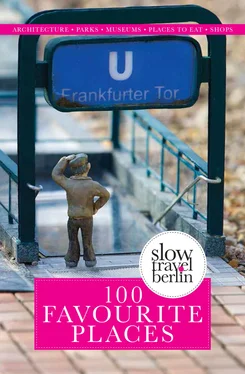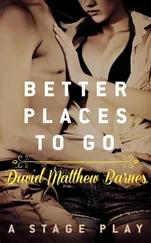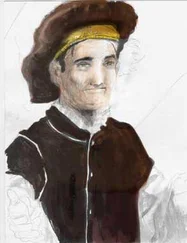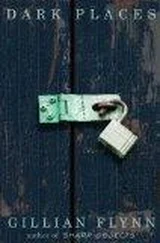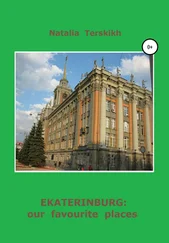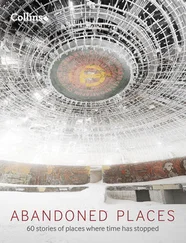The fun continues into the evenings too, as the main house hosts everything from workshops and cultural events to lectures and music rehearsals. And for smaller kids, there’s a special area next door that has rabbits and guinea pigs to pet and poke, a water fountain to splosh around in, and a great café offering drinks, snacks and a ‘waffle buffet’ on Sundays. In contrast to the main activity area next door and events such as the annual hut-building festival held after each Easter weekend, parents are even graciously tolerated here…as long as they behave themselves. PS
Kollwitzstr. 35, 10405; U Senefelderplatz; www.kolle37.de
Map: North F2
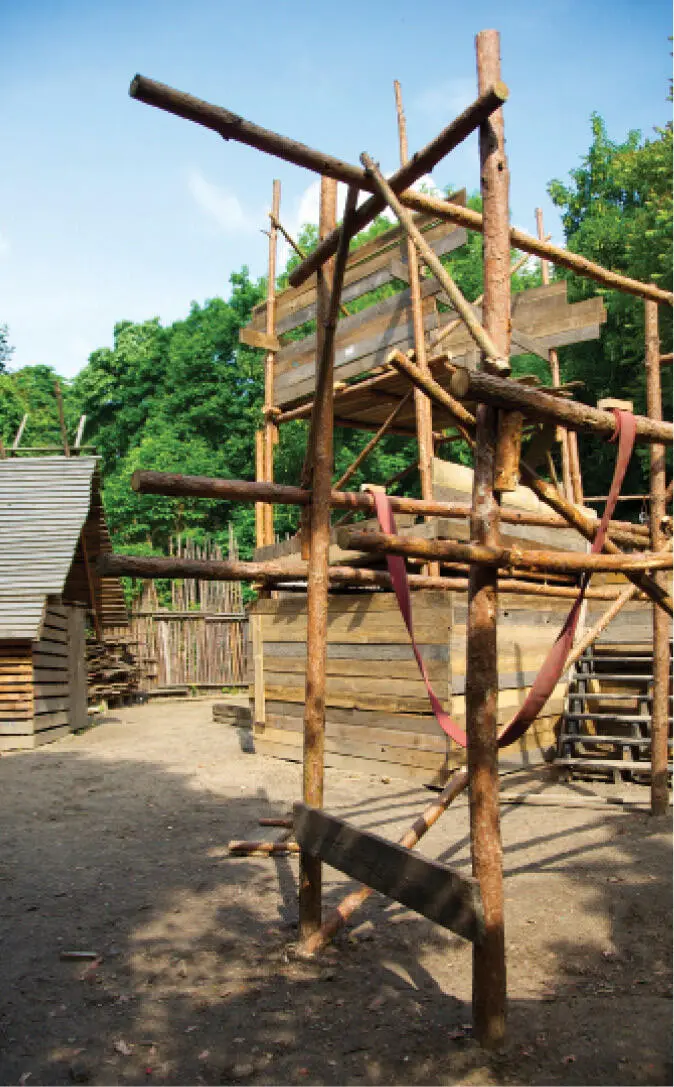
10
Kino Babylon opened its doors in 1929, when Berlin was hardly in need of another movie house. At the time, the city boasted 378 cinemas, 105 of them offering theatre shows alongside movie screenings. Nearby Münzstrasse was a cinematic epicenter and just around the corner, on Rosenthaler Platz, was Berlin’s largest cinema UT (later UFA).
But with the construction of the Volksbühne 15 years earlier, Bülowplatz (today’s Rosa-Luxemburg-Platz) had become a cultural center, and the Babylon was built to round out the artistic feel of the area. Berlin-born architect Hans Poelzig designed the cinema to be cutting-edge: in addition to the coin-operated automated dining of its Automatenrestaurant , it offered events that flirted with the avant-garde. It was crowned with Germany’s largest cinema pipe organ, the Philips-Kino-Orgel, which provided accompaniment throughout the silent film era (as well as lending sound effects), and is played alongside silent film screenings even today.
Indeed, the venue represents a classic era of cinema that’s otherwise only found nowadays in, well, the movies. Films here are advertised in large black letters on an illuminated block on the building’s curved facade (built in the New Objectivity style), and the lavish main screening room is decorated with a thick golden curtain and brass-rimmed lamps more reminiscent of an opera house.
Two studio screening rooms in the back may not be quite as grand, but they have allowed the Babylon to expand its programme to include readings, concerts and an impressive run of alternative festivals such as the Berlin Independent Film Festival and North Korea Film Week.
Having survived a fire caused by WWII Allied bombs, a carbon monoxide leak from a faulty heating system and near-collapse due to a weak ceiling beam, the Babylon has managed to retain something of its former glamour, thanks to the legions of fans who have kept it open and helped pay for its restoration – a kind of devotion that, again, is hard to find outside of the movies. GG
Rosa-Luxemburg-Str. 30, 10178; U Rosa-Luxemburg-Platz; www.babylonberlin.de
Map: North F4
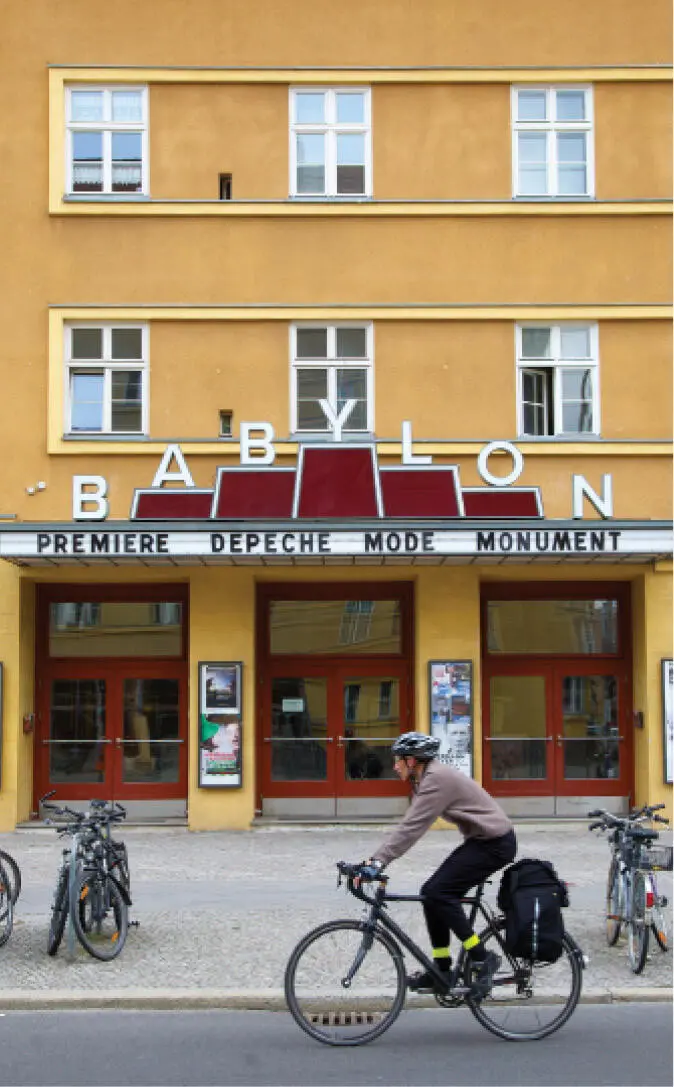
11
NS Forced Labour
Documentation Center
SCHÖNEWEIDE
These low-rise, cinderblock buildings could be mistaken for storage units – or perhaps poultry barns. They line up one behind the other on a stark lot, some with boarded-up windows, their walls flecked with mould. Indeed, they merge noiselessly with the semi-industrial landscape of Schöneweide; but these are the remains of General Building Inspector (GBI) Camp 75/76 – so anonymous as to be left undiscovered until 1993.
The ‘Building Inspector’ was Hitler’s chief architect, Albert Speer, who had such camps built to house forced labourers tasked with the construction of Welthaupstadt Germania , the Nazis’ planned capital of the world. From 1943 on, those incarcerated at this and other GBI camps also built air raid shelters, toiled in arms factories and cleared rubble from the streets after bombings. During WWII, Berlin had approximately 3,000 camps like this one.
Camp 75/76, in use from 1943 to 1945, imprisoned some 2,000 men from Italy, Belgium, France and Poland. In 1945, a group of female prisoners was resettled here as well, and made to work at the Pertrix battery factory. After the war, some barracks were converted to civilian uses, such as scientific laboratories and a sauna.
Most of the buildings are now shut; through grimy windows you can make out derelict kitchens and electrical equipment. But Building No. 5 contains an extensive exhibit commemorating tthe twelve million people forced into labour camps under the Nazis. A map details all the prison camps in Berlin, and display cases bear discarded reminders of this camp’s occupants – a stack of documents bound with string, a heap of rusted bottle openers.
Somewhat surprisingly, a number of the camp’s buildings remain in commercial use. Just next to the memorial are several that function, variously, as a doctor’s office, a bowling club, even a kindergarten. A little further away, though, stands Building No. 13. Preserved to demonstrate the everyday life of the inmates, the barrack’s walls bear inscriptions made by the Italian prisoners who lived here, their long-forgotten names a testament to the brutality of the Nazi regime. TE
Britzer Str. 5, 12439: S Schöneweide; www.topographie.de
Map: Overview G3
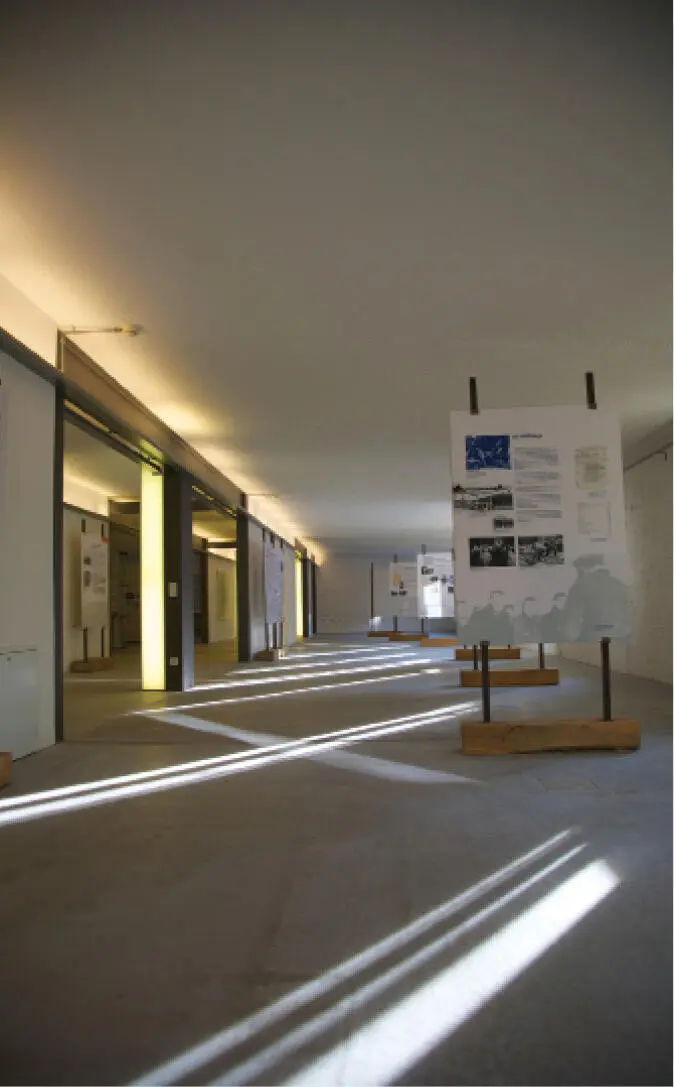
12
Museumswohnung
HELLERSDORF
Step through the entrance of a recently refurbished block of flats in the East Berlin neighborhood of Hellersdorf and you’ll find yourself in a place that feels like it was abandoned in 1989. In fact, Museumswohnung WBS 70 is a careful combination of preservation and reconstruction, created by the block’s owners, Stadt und Land housing association, to give an insight into everyday life in mid-’80s East Berlin, when the flats were built.
Assembled almost like flat-pack furniture from precast concrete panels, the WBS 70 Plattenbau building system allowed flats like these to be put up in as little as 18 hours, aiding East Berlin’s residential housing boom in the ’70s and ’80s. Ring the doorbell and you’ll be let into the right-hand, ground-floor flat. Crossing the threshold, you step onto soft grey flooring – felt covered by thin plastic that threatens to turn to Swiss cheese at the mere sight of a pair of stiletto heels. Much of the wallpaper is patterned with busy designs of leaves and flowers, heavy with browns and avocado greens, while many items of furniture feature dark mahogany-brown plastic-wood laminates from SprelaCart , a company that became known for manufacturing such artificial, easy-to-clean materials for GDR homes.
Each of the five rooms is like a still life of the days before the Wall fell. The kitchen has a collection of food packaging, while one wall consists of screwed-down plywood for easy access in the event of a burst pipe. The living room has a TV and hi-fi system, both luxuries which would have cost many months’ wages. Of the two bedrooms, one is configured as a master bedroom, the other as more of a study, with a desk, typewriter and a collection of books, records and medals. In the bathroom, a roll of rough toilet paper hangs menacingly, waiting to scratch the behind of any who might dare to engage with it; perhaps thankfully, the bathroom is non-operational.
Читать дальше
